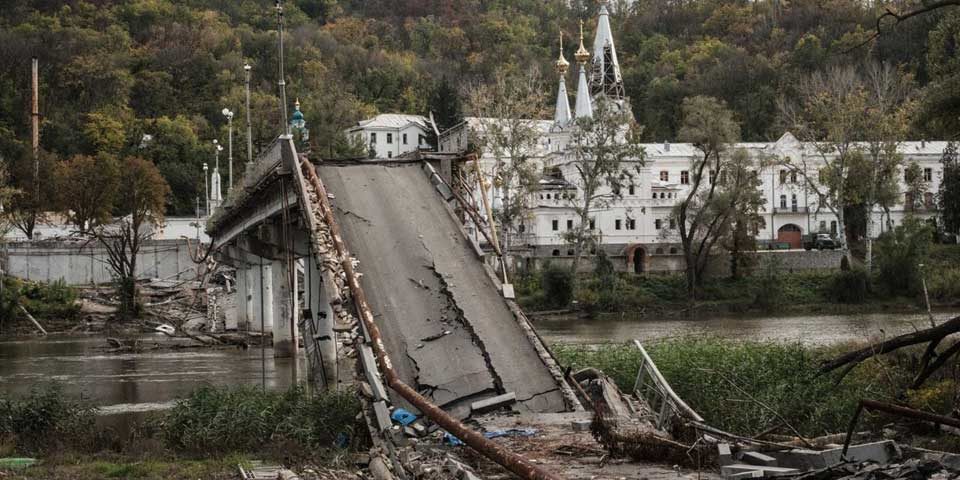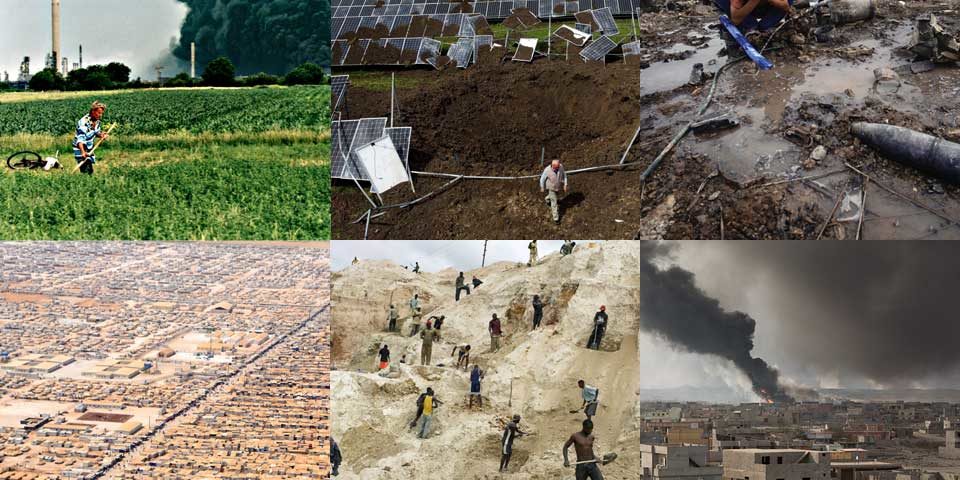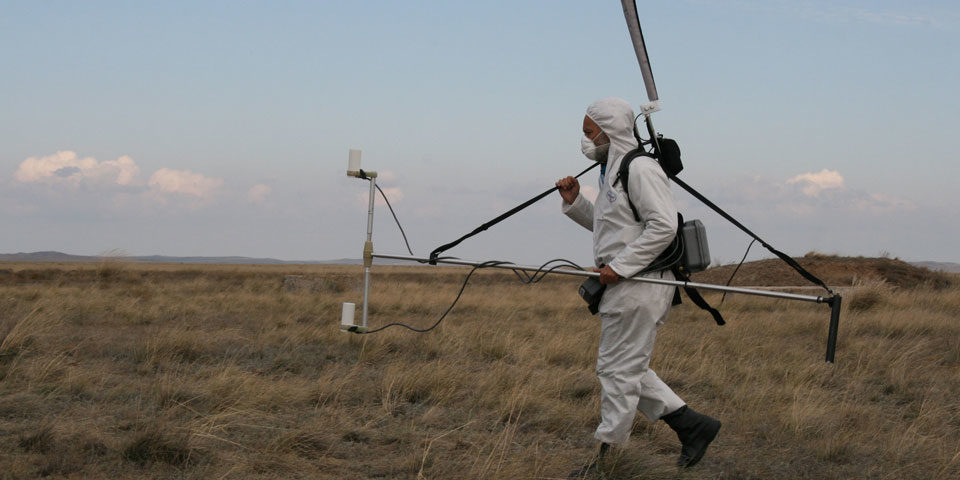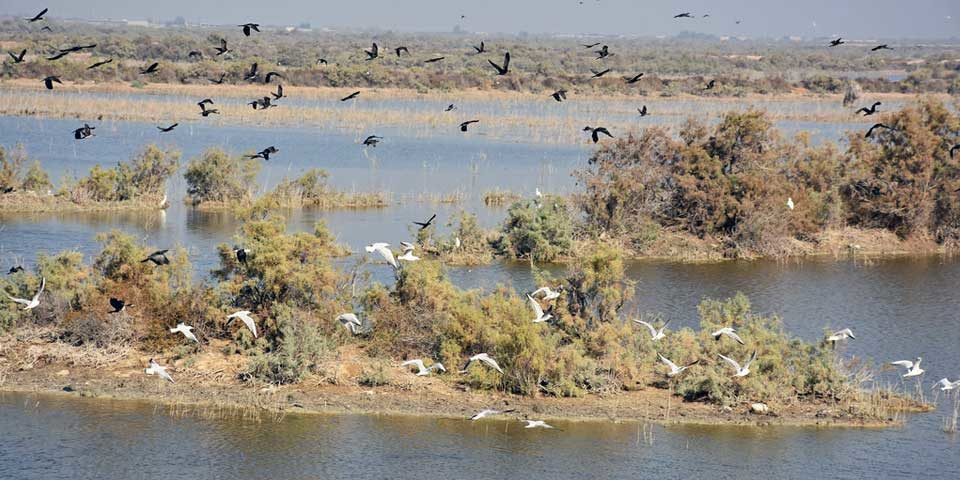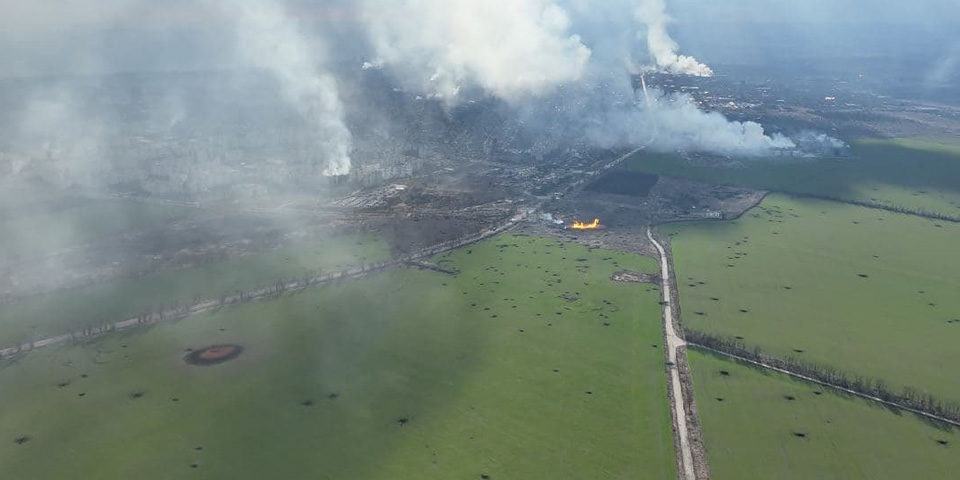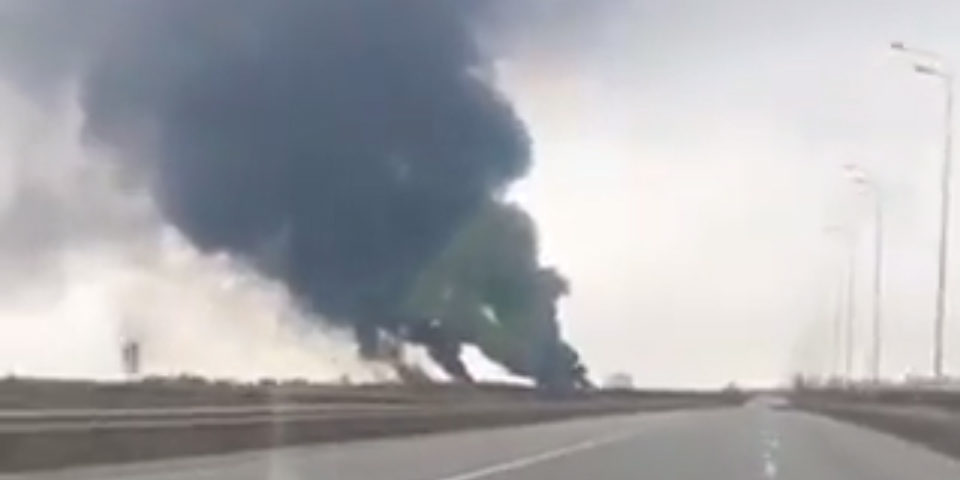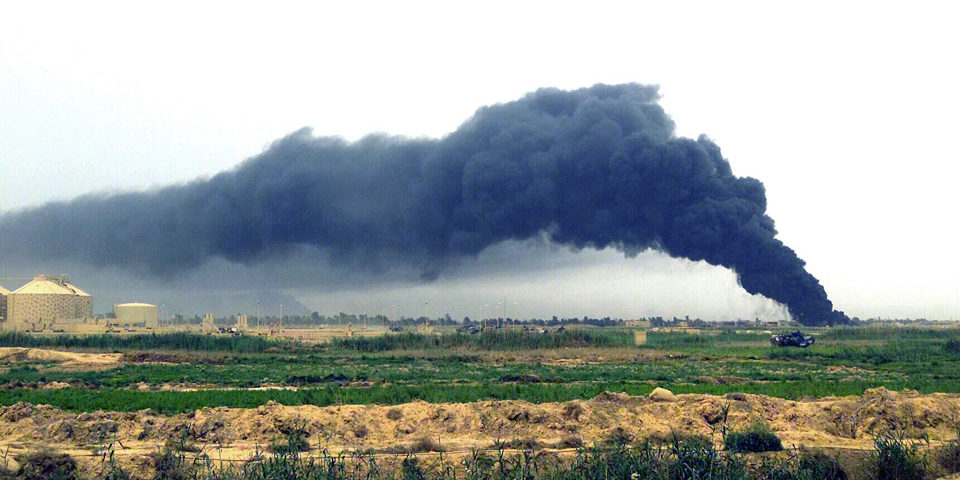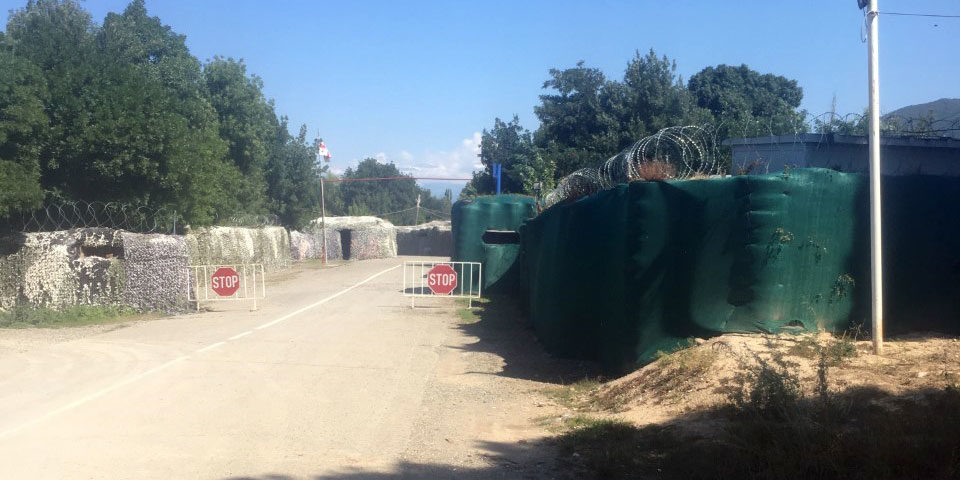States agree new legal framework on the environmental impact of war
States have formally adopted a set of 27 legal principles intended to enhance the protection of the environment throughout the cycle of armed conflicts, marking the end of a 10-year process and with it the most significant advance in the legal framework since the 1970s.

